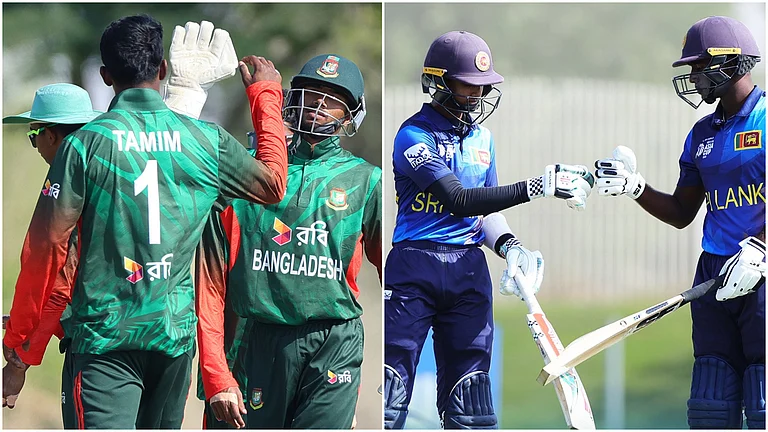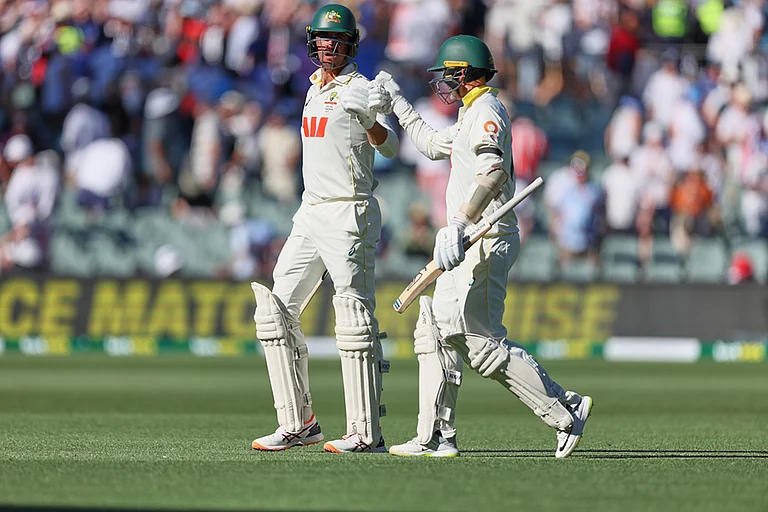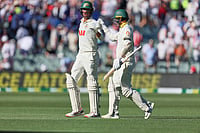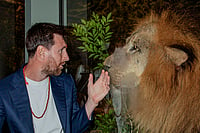Women are taking a larger share of higher education in the country, and slowly working their way into science degrees leading up to PhDs, an accomplishment cornered by men in the past. The changes are thanks to fresh opportunities opening up in emerging research fields and, as a result of that, greater acceptability of further study for women in the sciences. But many of the higher positions women have in science education and research have arisen simply because men have gradually moved away from many of those slots.
“Women from smaller towns and cities—humble, non-English-speaking, but with a huge untapped talent—are increasingly involved in higher levels of scientific research,” says Dr Virander Chauhan, director, International Centre for Genetic Engineering and Biotechnology (ICGEB), Delhi. In terms of quality, there’s no difference between the work female and male scientists do, he says. There was an earlier wave, in the late 1980s, when higher education and research positions went to a greater number of women from the non-metros, but that soon tapered off. “A couple of years ago, women’s enrolment picked up once again, at least in the field of mathematics,” says Prof Pravin Sinclair, pro-vice chancellor, Indira Gandhi National Open University (IGNOU), Delhi.
The earlier round of increased enrolments by women saw some increase in the numbers of men seeking admission into the open system as well. The rise and fall of interest seen in long-distance higher education is linked with how much money and time states dedicate to their universities. “In the 1980s, the rise of women candidates was probably linked to the collapse of the education system in Bihar, as the enrolment from there was in large numbers,” Prof Sinclair notes.
Now, with the introduction of new courses meant for teachers as well as students, women are notably keen to complete their education, even if they are already working. A mathematics professor at the Lady Sriram College in Delhi, Namita Dhankhar faced some resistance in choosing teaching as a career. Hailing from a well-educated family in Haryana and with her father in the police force, her family was more in favour of her taking the IAS examination. But she managed to stick it out. “I always loved mathematics, and want to climb to its pinnacle. I’m interested in how students learn, not in cramming. I prefer these challenges to the civil services,” she says. Though teaching already, she is pursuing her PhD in tandem from IGNOU and plans to pursue research in future.
In a recent paper published in Current Science, authors Anitha Kurup and R. Maithreyi of the National Institute of Advanced Studies (NIAS), Bangalore, note that “although women constitute over one-third of the total science graduates and post-graduates, they comprise only 15-20 per cent of the tenured faculty across research institutions and universities in India”. It’s the positions vacated by men—temporary research associates, junior or ad hoc faculty, post-doctoral fellowships—that more women get represented in. Women like Dr Jha, a researcher with the Defence Research and Development Organisation, says family support is essential even to these positions: “My family was supportive, they believed in higher education. Outside my family, people felt a military-backed institution may not prefer women employees.”
The reason why women drop out of careers in science, however, vary. At ICGEB, for instance, nearly half the researchers are women, but only four in the 35-member faculty. “It’s a drastic drop, and it’s partly a result of women being expected to work too much on every front: managing both career and home, as few men pitch in with help at home,” says Dr Chauhan of ICGEB. Jeevanjyoti Panda, who recently finished her PhD from ICGEB, won UNESCO’s 2011 ‘Women in Science’ award. As a married 28-year-old woman scientist, she says, she’s asked the same question everywhere, even on a recent visit to France: “Will you continue working when you decide to have children?” “My answer is,” she says, “I want to, though I realise it involves taking a couple of years off, and I’m working out how to do this over time.”
There aren’t any easy answers—science education and research is not like any other field also because things change very quickly. “Every year you find research methods and technology changing. It’s impossible to think you can leap back into such a competitive field after a three or five-year break. Women are also fed with the idea from early on that marriage is essential and must happen at a certain time, so that’s an added challenge for scientists,” says Prof Sinclair.
Yet, and this will surprise many, it’s usually women scientists with families who put in the most hours at work, more than even men, according to the NIAS experts behind the study of women in higher levels of science research. In their survey of 568 women and 161 male science researchers, which was conducted in collaboration with the Bangalore-based Indian Academy of Sciences, they found 47 per cent of women with growing children worked 60 hours a week, as compared with only 34 per cent men. When no growing children are in the picture, more men work 60 hours or longer than women. At the same time, the number of men working less than 40 hours a week was also higher than for women.
“The study busts the notion that women’s careers take a backseat the minute children are born,” says Dr Kurup of NIAS. The realisation is what’s leading to greater enrolment across science streams for women. Prof Yashpal, one of India’s leading physicists, says there are increasingly more women mathematicians—though only a few compared with biology, biotech and related life sciences. “You tend to see more women in life sciences, though the trend is changing. Lab pressures seem to work against women, considering the lack of institutional support,” he says.
Nobody comes into mathematics or chemistry without a plan on what to do with the degree later on—they know it’s for them, that’s why they pursue it. When it comes to botany or chemistry, mathematics or physics, it’s not even a question of filling up seats that would otherwise lie vacant. In fast-changing science fields, 40 to 60 per cent of higher education seats are typically with women candidates—but their chances of reaching to the top are minuscule.
A glass ceiling at the top-rung institutions prevents women from rising to top positions. Men, over the last decade or so, have left positions in research to join lucrative new industries such as IT. This has left positions like assistantship, etc open to women candidates, and not necessarily because of better policies. The Indian Institute of Science, Bangalore, for instance, has 5 per cent as women professors though it’s a 100 years old and churns out women PhDs each year. “I can’t believe the candidates they train are not fit to be professors at their institution,” says Kurup. Clearly, women still have a long climb up to the top of the scientific research ladder.


























